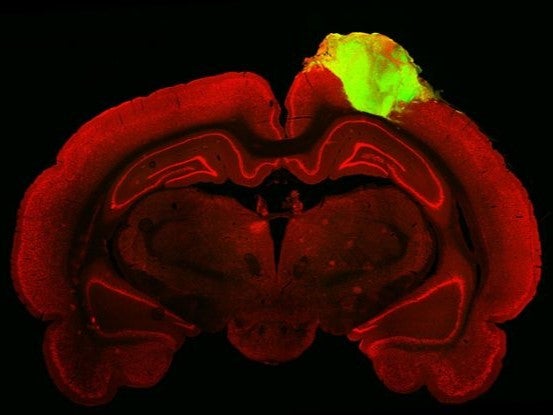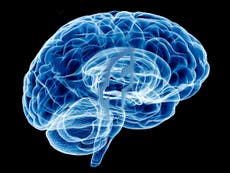Scientists put part of human brain into rat to cure blindness
Experiment offers path to reverse blindness in people and heal serious brain injuries

Scientists have succeeded in transplanting part of a human brain into the brain of a rat in order to cure vision loss.
The team from the University of Pennsylvania said the organoid graft, which essentially involves connecting artificially grown human brain tissue onto a damaged rat brain, offers a path towards reversing blindness in people and healing serious brain injuries.
“We focussed on not just transplanting individual cells, but actually transplanting tissue,” said Isaac Chen, an assistant professor of neurosurgery at the University of Pennsylvania.
“Brain organoids have architecture; they have structure that resembles the brain. We were able to look at individual neurons within this structure to gain a deeper understanding of the integration of transplanted organoids.”
In order to test how well the organoid integrated with the rat’s brain, the researchers injected fluorescent-tagged viruses into the eye of the rat to see which synapse path it followed. The fluorescent material made it all the way from the retina to the newly transplanted organoid, suggesting full functional integration.
The rat’s vision was then tested using flashing lights and images, with the scientists observing that around a quarter of the transplanted human neurons responded to the simulation.
“We saw that a good number of neurons within the organoid responded to specific orientations of light, which gives us evidence that these organoid neurons were able to not just integrate with the visual system, but they were able to adopt very specific functions of the visual cortex,” said Assistant Professor Chen.
“We were not expecting to see this degree of functional integration so early.”
The research was published in a study, titled ‘Structural and functional integration of human forebrain organoids with the injured adult rat visual system’, in the scientific journal Cell.
“Whether these entities can integrate with host brain networks in the context of the injured adult mammalian brain [was] not well established,” the study states.
“Here, we provide structural and functional evidence that human brain organoids successfully integrate with the adult rat visual system after transplantation into large injury cavities in the visual cortex.”
The researchers now plan to look into how organoids could be used in other areas of the cortex to see if the process can be used to repair other types of brain injury.

Join our commenting forum
Join thought-provoking conversations, follow other Independent readers and see their replies
Comments